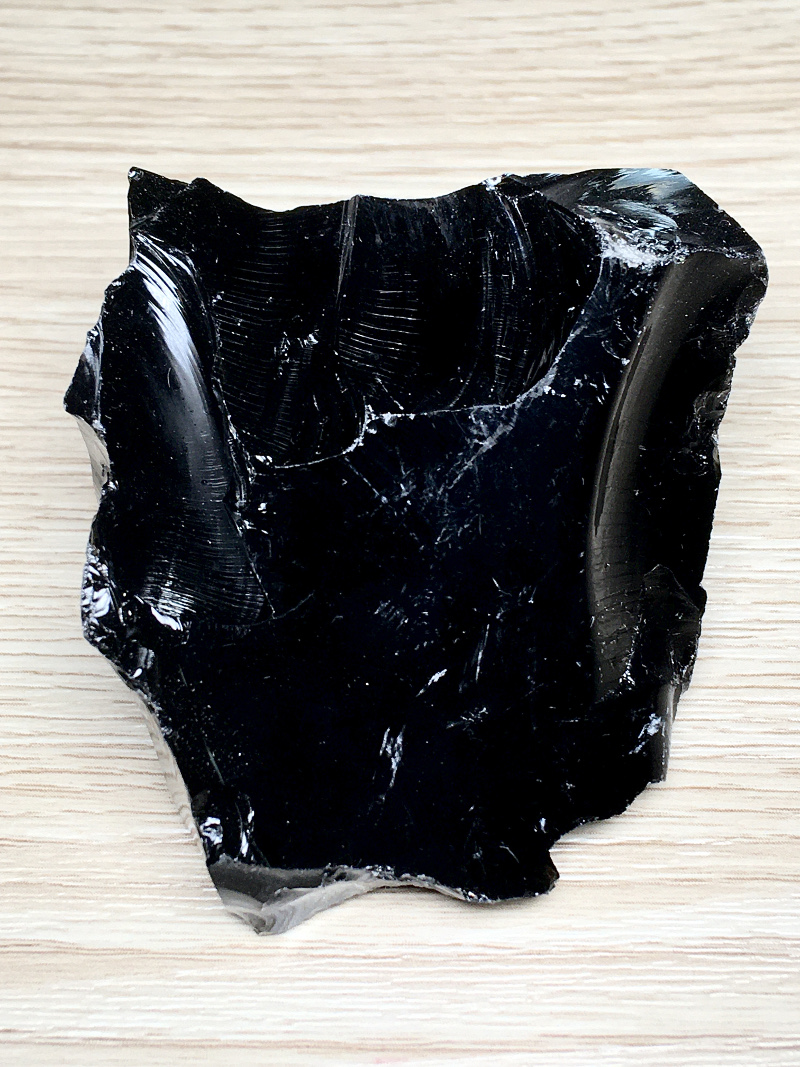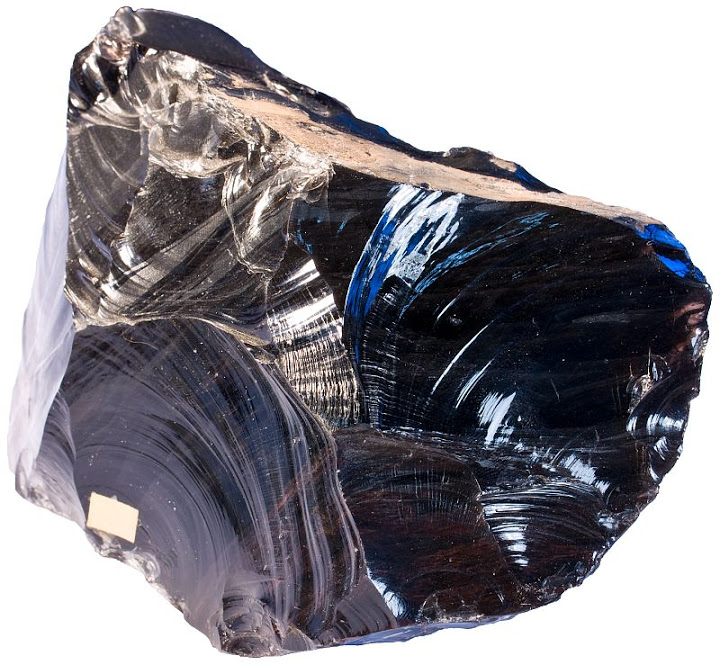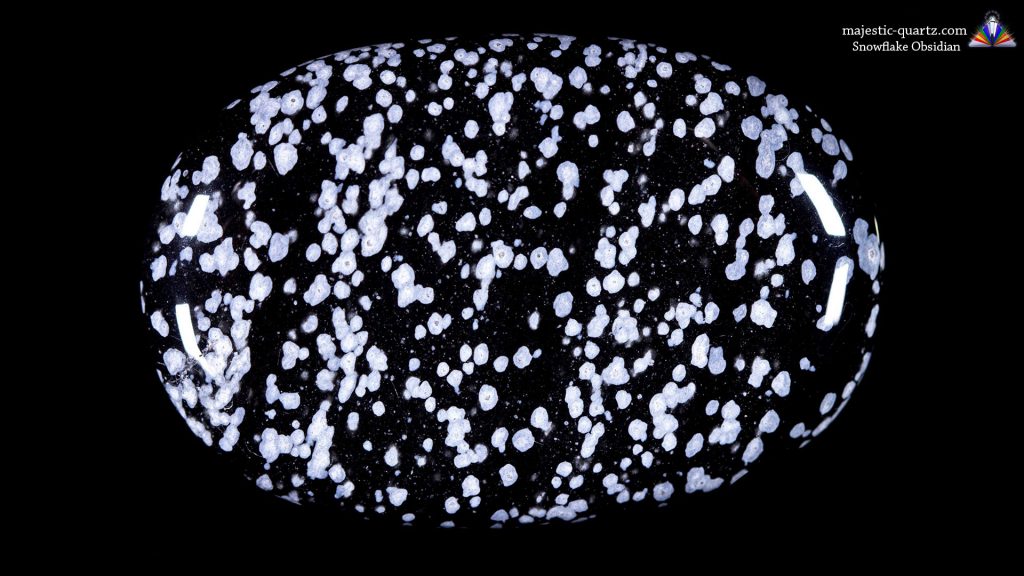

The air trapped in the scoria makes the lightweight concrete a better insulator. This savings in weight allows buildings to be constructed with less structural steel. This is a weight savings compared to concrete made with typical sand and gravel that weighs about 150 pounds per cubic foot. The scoria is crushed to desired sizes and sold for a variety of uses.Ĭoncrete made with scoria typically weighs about 100 pounds per cubic foot. One of the main uses of scoria is in the production of lightweight aggregate. Expanded aggregate is used as landscape stone, lightweight concrete, lightweight fill, and as a substrate for hydroculture. Straight from the kiln, the material has a smooth exterior, but when broken the vesicular structure is exposed. Organic material and moisture in the clay produce gas that causes vesicles similar to those found in scoria. In the case of pumice, it cooled so quickly that the atoms were unable to arrange themselves into ordered crystal structures.Įxpanded aggregate: Photograph of "light expanded clay aggregate," a scoria look-alike that is produced by heating certain types of clay in a rotating kiln. Pumice consists mainly of glass materials rather than mineral crystals. However, close observation of pumice reveals a "glassy" texture similar to obsidian. The thick walls of scoria make it heavy enough to sink.įinally, when observed closely with a hand lens, you can often see tiny mineral crystals in scoria. The vesicles in pumice contain enough air that the rock will float on water. Pumice has a much higher concentration of trapped bubbles - so many that the walls between them are very thin. Scoria forms from basaltic magmas, while pumice forms from rhyolitic magmas - which usually contain more gas.

This color difference is a result of their composition. Scoria is almost always black or dark gray to reddish brown, while pumice is almost always white to light gray to light tan. There are a few differences that can be used to distinguish them.

Not to be Confused with PumiceĪ vesicular igneous rock that is very similar to scoria is pumice. Mauna Kea cinder cone: A red cinder cone and a cinder-covered landscape at Mauna Kea, Hawaii. Small particles of scoria that litter the landscape around the volcano are known as "lapilli" if they are between 2 millimeters and 64 millimeters in size. This action can produce a ground cover of scoria all around the volcanic vent, with the heaviest deposits on the downwind side. The gas often blows out small bodies of magma that solidify as they fly through the air. This gas was once dissolved in the magma below.

When some volcanoes erupt, a rush of gas blows out of the vent. This dark-colored igneous rock with the trapped bubbles is known as scoria. If the molten rock solidifies before the gas has escaped, the bubbles become small rounded or elongated cavities in the rock. As the molten rock emerges from the Earth, the pressure upon it is reduced and the dissolved gas starts to escape in the form of bubbles. Scoria forms when magma containing abundant dissolved gas flows from a volcano or is blown out during an eruption.


 0 kommentar(er)
0 kommentar(er)
